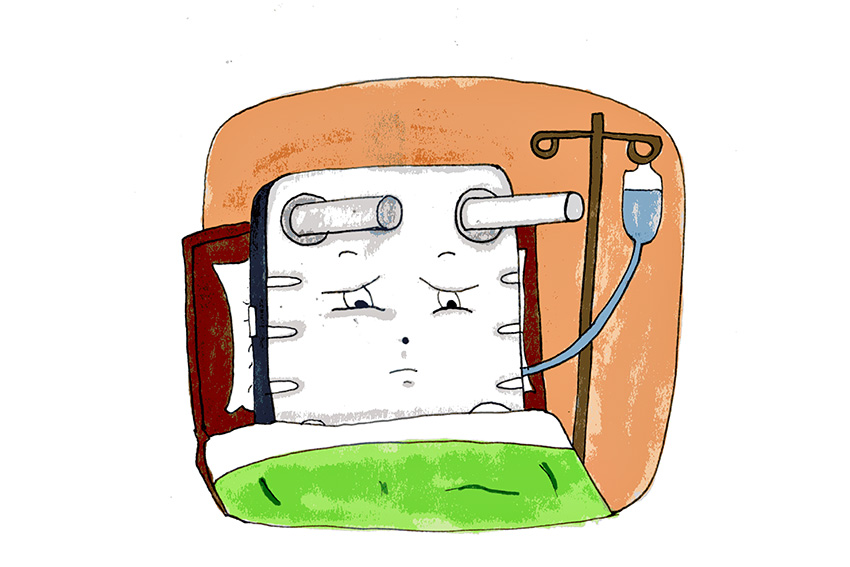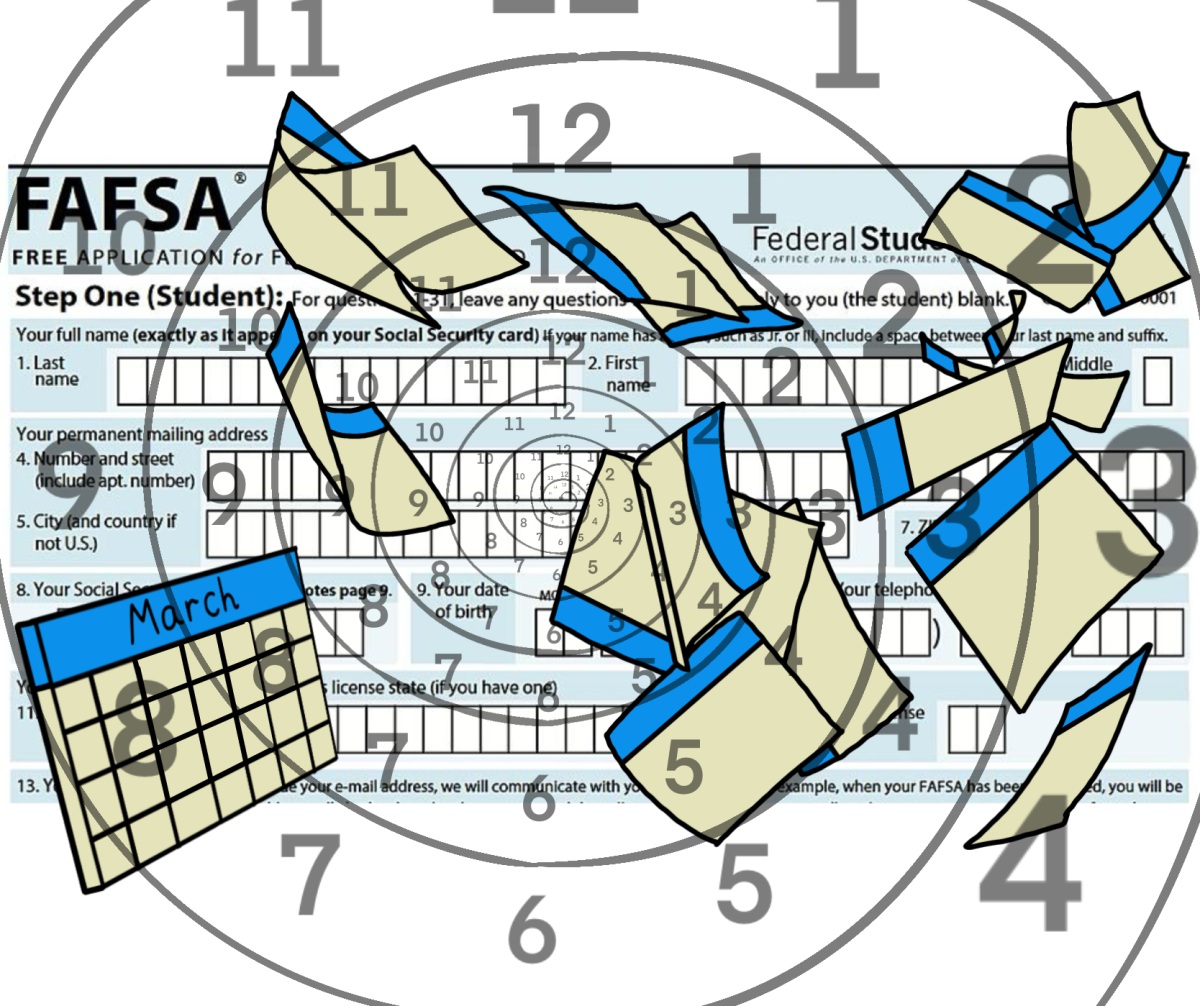Approximately 1,000 Wi-fi access points are being replaced across campus before they become unsupported by the end of this year.
Wireless access points, or WAPs, are devices that connect laptops, tablets and mobile phones to the University’s network through Wi-Fi. The WAPs used at UT need to be updated to be compatible with future network upgrades.
“When the University started purchasing the older WAPs, the popular mobile phone was an iPhone 4S,” William Green, director of networking and telecommunications at UT, said in an email. “A typical student today is using four times the amount of Wi-fi as a student in 2012.”
Green said these old WAPs have begun to fail at high rates.
“Wireless access points are similar to a mobile phone or laptop and face the same obsolescence trends,” Green said.
The upgrades were announced in 2017 and are expected to be completed this March, Green said. He said the project includes upgrading every access point in the Gates Dell Complex and Patton Hall — about 200 WAPs per facility — among many other buildings.
“The new wireless access points are faster and support more devices providing needed capacity in the space they serve,” Green said.
Computer science junior Neil Patil teaches Wi-fi-hacking workshops as the president of UT’s Information and Systems Security Society. Patil said manufacturers stop providing security updates when support for a product ends.
“If you are using an old router that hasn’t been fixed, now you are vulnerable to whatever the new attack is,” Patil said. “It is important that when it has reached the end of its life cycle, you upgrade or replace the piece of hardware in question.”
Harel Yedidsion, a computer science postdoctoral fellow, said he is researching how autonomous mobile robots can communicate over networks as a part of the computer science department’s Building-Wide Intelligence Project. He said the robots do not function properly when they lose connection to UT’s network.
“With the robots, when they are running around, we can have them losing connections when they switch hotspots,” Yedidsion said. “That is a problem.”
Yedidsion said the Building-Wide Intelligence project uses Wi-fi for researchers to connect to the robots and see what they are seeing, but it is also a way for the robots to communicate with each other.
There are about 8,000 WAPs in total on campus, according to the University Network Report.


















